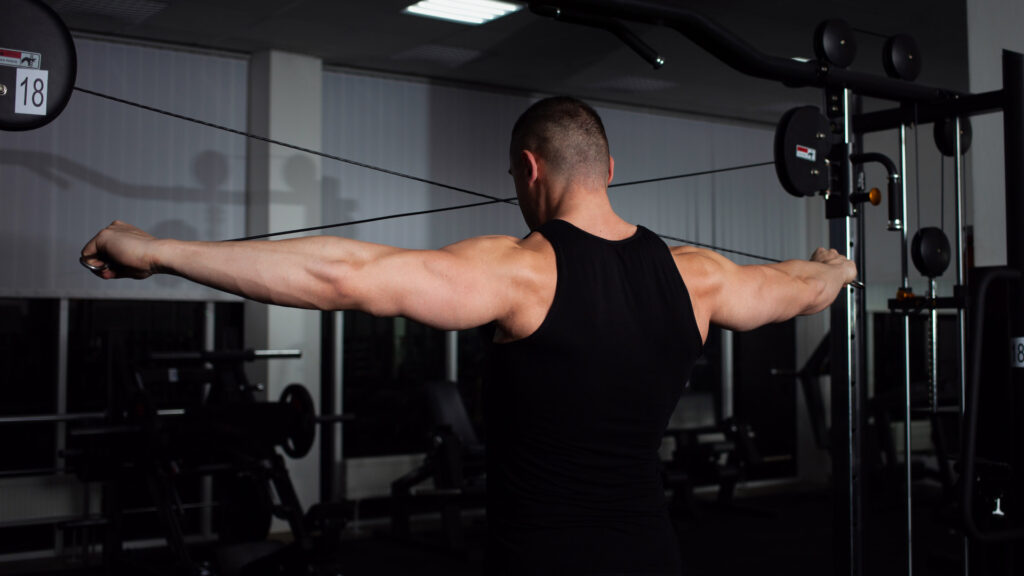To build muscle, it’s pretty simple; progressively overload your resistance-training exercises, eat enough protein, and factor in your recovery and jobs done, right? Sort of.
Progressive overload may be the main driver of hypertrophy, however, there are some exercises out there that are better for muscle growth than others. And, if your goal is maximum gains in minimal time, then we know you’ll want to factor ‘the best of the best’ exercises into your training.
Exercise Scientist, Dr Milo Wolf, has highlighted four exercises that he says are massively underrated for hypertrophy, with one to target your chest, biceps, shoulders and quads, so that no gains get left on the table.
For the chest: decline deficit push-ups
(Image credit: Getty Images)
“The deficit gives you more stretch at the bottom, while the decline emphaises the upper chest more,” says Dr Wolf. “Unlike pressing movements, like the bench press, push-ups allow the scapula to move freely, which trains the serratus anterior muscle. It’s the muscle that gives your midsection that carved look.” The beauty is you don’t need any equipment either, just something to prop your feet up onto, and you’re good to go!
For the quads: reverse Nordic curl
For the biceps: bench cable curl

(Image credit: Getty Images)
There are a lot of ways to do a bicep curl, but for Dr Wolf, the bench cable curl is his go-to. “Most biep exercises either give you a deep stretch or high resistance, but rarely both. This one gives you both, high tension and a huge stretch. Set the cables just above hand height. I’ve never had bicep soreness from any other curl.”
For the shoulders: behind-the-back dual cable lat raises
Although Dr Wolf doesn’t disagree that single-arm cable lat exercises are an excellent exercise for the side delts, his only issue with them is that they can eat into your training time. “The behind-the-back dual cable lateral raise solves that and adds some extra benefits,” he says. “It gives you a much stronger stretch than dumbbells and going behind the back may better align with your side delt fibres.”


